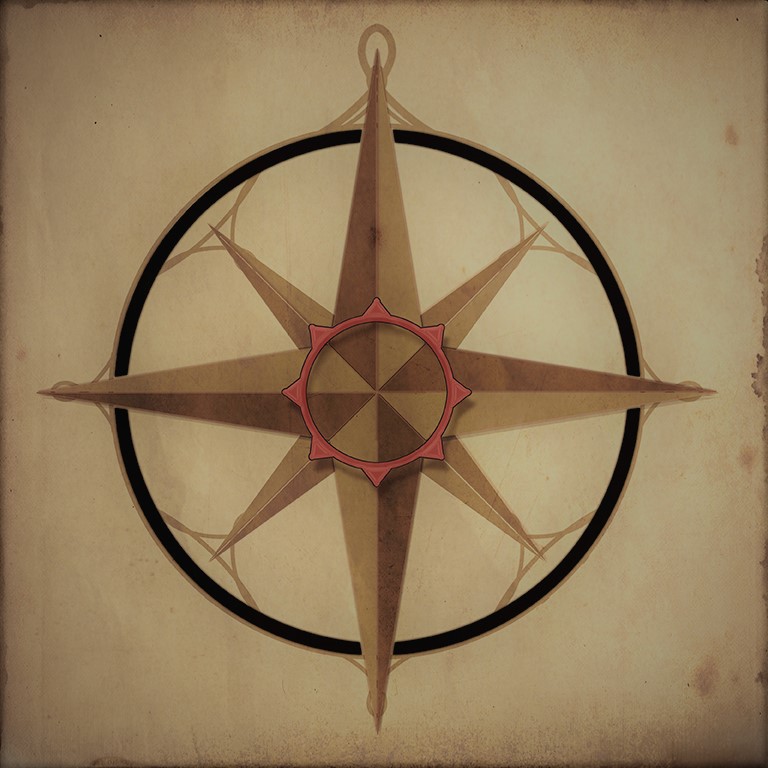Thoughts from gentrifying Charleston, springtime.
When winter storm Stella brought cold and freezing rain to Charleston this weekend, I bundled up and went for a walk through beautiful streets of Harleston Village. The walls lining the sidewalks were softened by curving vines and furiously blooming azaleas. Brick, cobblestone, and slate streets were identically clean and neat. Under the gables of one towering and gloomy mansion, a solitary lantern hung swinging. I stopped to stare, transfixed by its formal but graciously inviting look.
I stopped at Black Tap Coffee (found at the quaint address of 70.5 Beaufain St.), the perfect place to perch on a bench with strangers with a strong brew. Next to me, another patron had a nice Canon camera slung around his neck. “Taking some good shots today?” I asked, gesturing to his camera.
“No, terrible weather,” he said. “I did okay yesterday.” We agreed that we were fortunate to be in the southern states during this cold blast of weather.
When I’d reached my maximum caffeine intake at Black Tap, I drove north back to West Ashley, to the community where I’ve been working. 1969 was a long time ago, but that’s when these apartments were built, and a 2016 renovation couldn’t hide the dated building design. Part of it meets the high area demand for government-assisted housing. West Ashley has only paved sidewalks, no brick or cobblestone, and although affluence is moving to the area, its arrival is slow. But the heat was delicious in my apartment and I curled up to re-watch Breaking Bad as the rain continued.
The next day, when the sun was out and I was working in the office, I met a cute young man in khaki shorts coming for graduate studies at dental school. He was visiting from Illinois with his father, where they live in a suburb of Chicago. They’re carefully weighing their options: rent or buy? Luxury or economy? They decided to apply, so we talked about the application process and payment. I told them there was a $25 application fee, and that we accept money orders.
Another young man about the same age walked up the steps as we exited the office. This guy hadn’t washed his clothes in a while and had gold-plated teeth. He told me he needed an apartment but had found his landlord had put an eviction on his credit after his apartment had flooded. “I don’t know if he mad?” the guy said, looking bewildered.
“Excuse me, how do I buy a money order?” the Illinois dad broke in, directing his question to me.
“There’s a place just next door,” said the young man with gold teeth offered kindly, gesturing to the end of our driveway. The Illinois dad squinted at him. Money orders are an almost obsolete form of payment commonly seen among people who use mostly cash. Those who use credit cards, automatic withdrawals, and bill pay are mostly unfamiliar with them and out of their comfort zone having to find them.
In this odd conversation between two people with vastly different life situations, I realized each of them had resources the other one needed: one had financial resources, the other had knew how things worked around here. It was suddenly easy to see both of them as equal.
And as the sun shone down on all of us there on the steps, I felt a sense of commonality for all of us, regardless of circumstances, regardless of what we each needed. Two people standing together feel the same rain and sun, after all. That’s why everyone talks about the weather: trite though it may seem, it is one uniting experience where no others may exist.
I’m reminded how important it is to treat everyone completely equally as I’m working, whatever their circumstances or where they come from. In a city as stratified and small as Charleston, all I can do is hope for the impartiality of the elements. I just have to keep repeating to myself: I am the weather. I am the weather.
